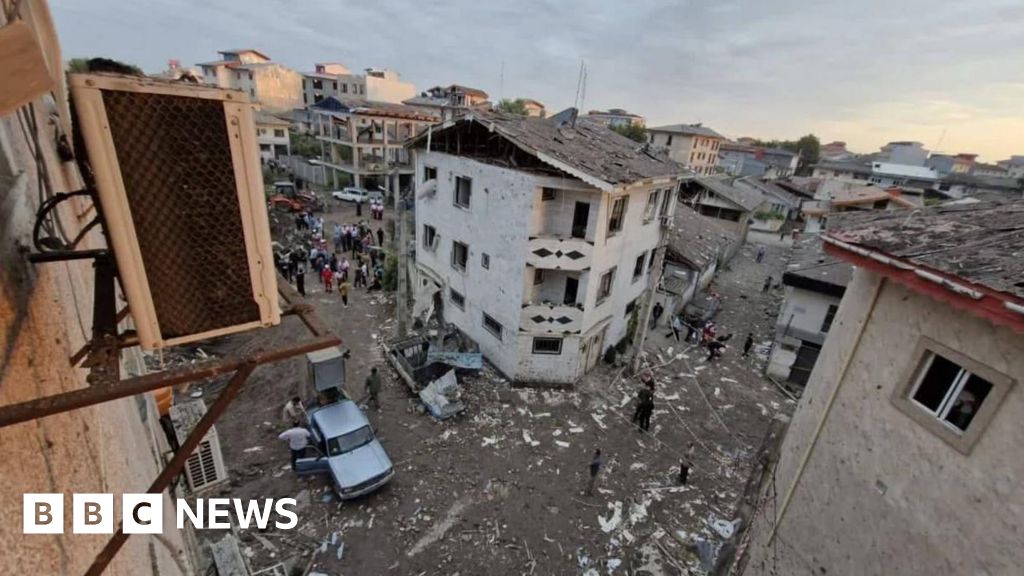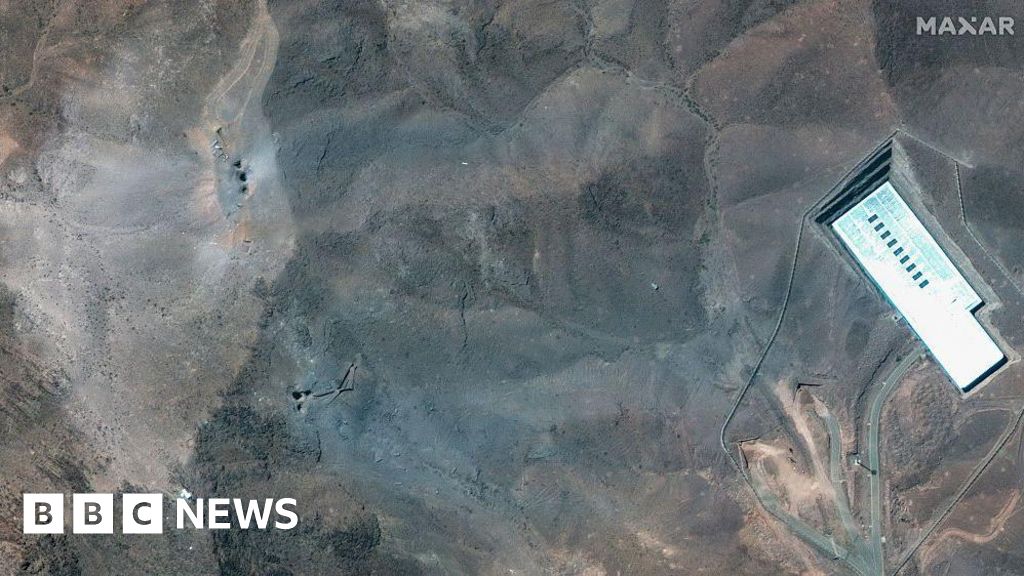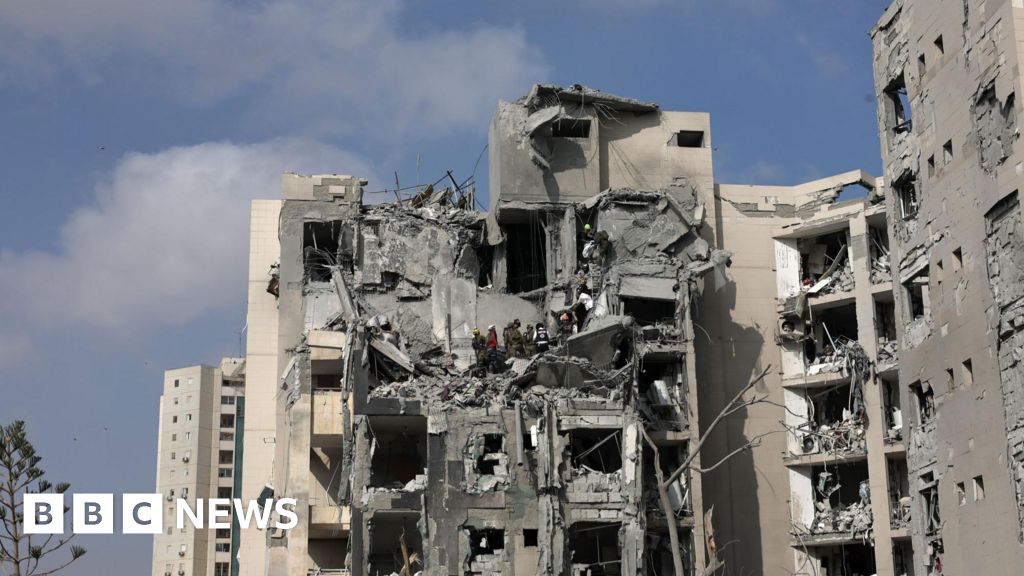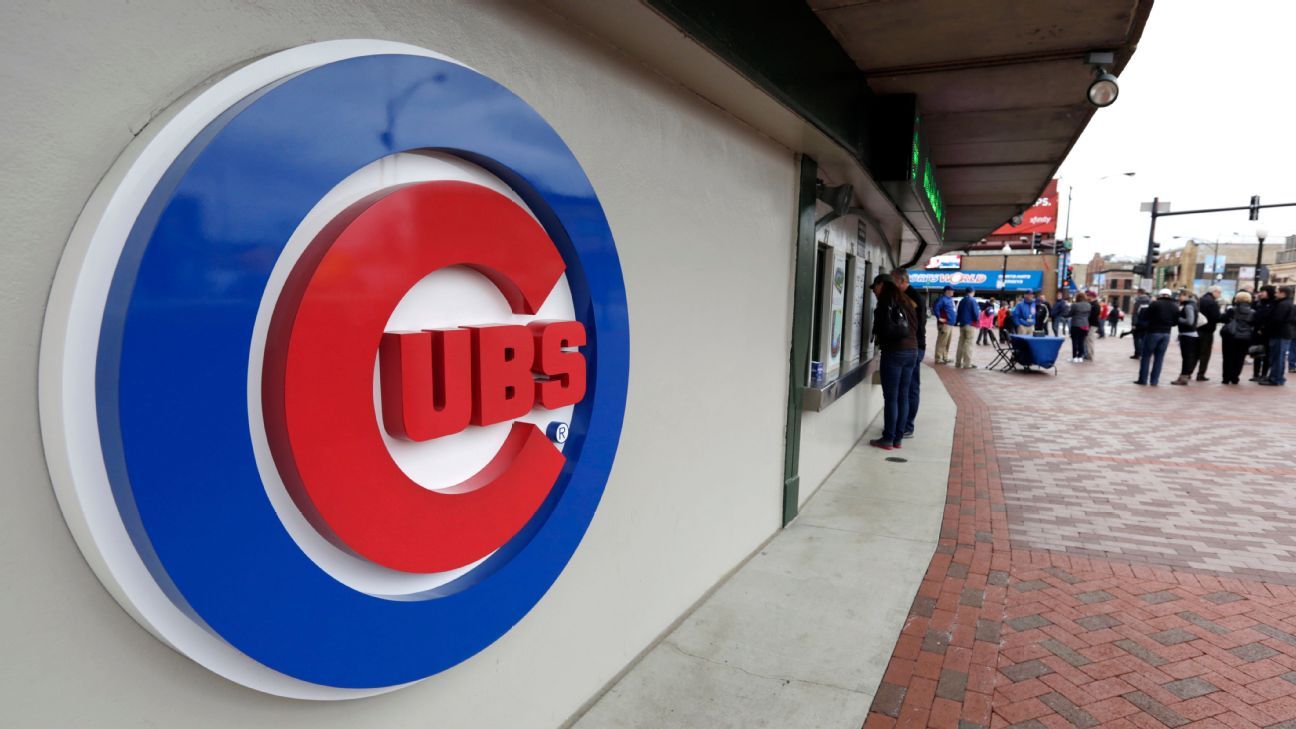Imagine concrete healing its own cracks like human skin recovering from a cut. That’s the vision behind the latest research of Dr. Congrui Grace Jin, published in Materials Today Communications.
Addressing one of the most persistent and expensive problems in construction, Jin, an assistant professor in the Department of Engineering Technology and Industrial Distribution, has taken inspiration from nature to develop a synthetic lichen system to enable concrete to self-repair.
Concrete is the most widely used building material on Earth, yet it suffers from the dangerous flaw of cracking easily. These cracks, big or small, can lead to catastrophic structural failure, as witnessed in the collapse of a building, bridge or highway.
The key to overcoming this critical challenge lies in understanding how concrete forms and how to exploit that process. Concrete is made by mixing crushed stone and sand with powdered clay and limestone. When water is added, the combination hardens through a chemical reaction called hydration. Once set, it becomes strong enough to support everything from 18-wheelers crossing bridges to people living in towering skyscrapers.
However, natural forces like freeze-thaw cycles, drying shrinkage and heavy loads cause cracks. Even those barely visible to the naked eye can allow liquids and gases to reach embedded steel reinforcements, causing corrosion and weakening structures.
Discovering cracks before they endanger lives is a high-stakes and costly challenge, with the U.S. annually spending tens of billions of dollars repairing concrete infrastructure. Locating cracks in bridges and highways that are constantly in use is especially difficult.
“Microbe-mediated self-healing concrete has been extensively investigated for more than three decades,” says Jin, “but it still suffers from one important limitation—none of the current self-healing approaches are fully autonomous since they require an external supply of nutrients for the healing agents to continuously produce repair materials.” For example, after inspectors go through the laborious process of locating a crack, they may then have to inject or spray nutrients into the crack, which is not practical.
Jin’s solution? Harness the power of lichen systems to allow concrete to heal itself without outside intervention.
Lichen is an understated presence in our everyday world, often found clinging to trees and rocks. Its true beauty lies in its unique symbiotic system of fungi and algae, or cyanobacteria, that form a self-sustaining partnership, allowing it to thrive in even the harshest conditions.
With that inspiration, Jin and her fellow researchers, Dr. Richard Wilson, Nisha Rokaya and Erin Carr of the University of Nebraska-Lincoln created a synthetic lichen system that collaborates like natural lichens.
Their system uses cyanobacteria, which turns air and sunlight into food, and filamentous fungi, which produces minerals that seal the cracks. Working together, these microbes survive on nothing more than air, light and water. The autonomy of this system sets it apart from previous self-healing concrete endeavors.
In lab tests, these microbe pairs were able to grow and produce crack-filling minerals even in challenging environments such as concrete.
Jin takes her work beyond the lab to consider wider implications. She is collaborating with professors from Texas A&M University’s social science departments to develop a better understanding of the public’s perception about using living organisms in construction and the ethical, social, environmental and legal issues involved.
This research has far-reaching potential and applications. Concrete that can heal itself could significantly reduce maintenance costs, extend its longevity and even protect lives through increased safety. It can also have a dramatic impact in all areas of sustainable construction, including space infrastructure.
More information:
Nisha Rokaya et al, Design of Co-culturing system of diazotrophic cyanobacteria and filamentous fungi for potential application in self-healing concrete, Materials Today Communications (2025). DOI: 10.1016/j.mtcomm.2025.112093
Citation:
Cracking the code: Synthetic lichen system shows potential for self-healing concrete (2025, May 7)
retrieved 7 May 2025
from
This document is subject to copyright. Apart from any fair dealing for the purpose of private study or research, no
part may be reproduced without the written permission. The content is provided for information purposes only.


















